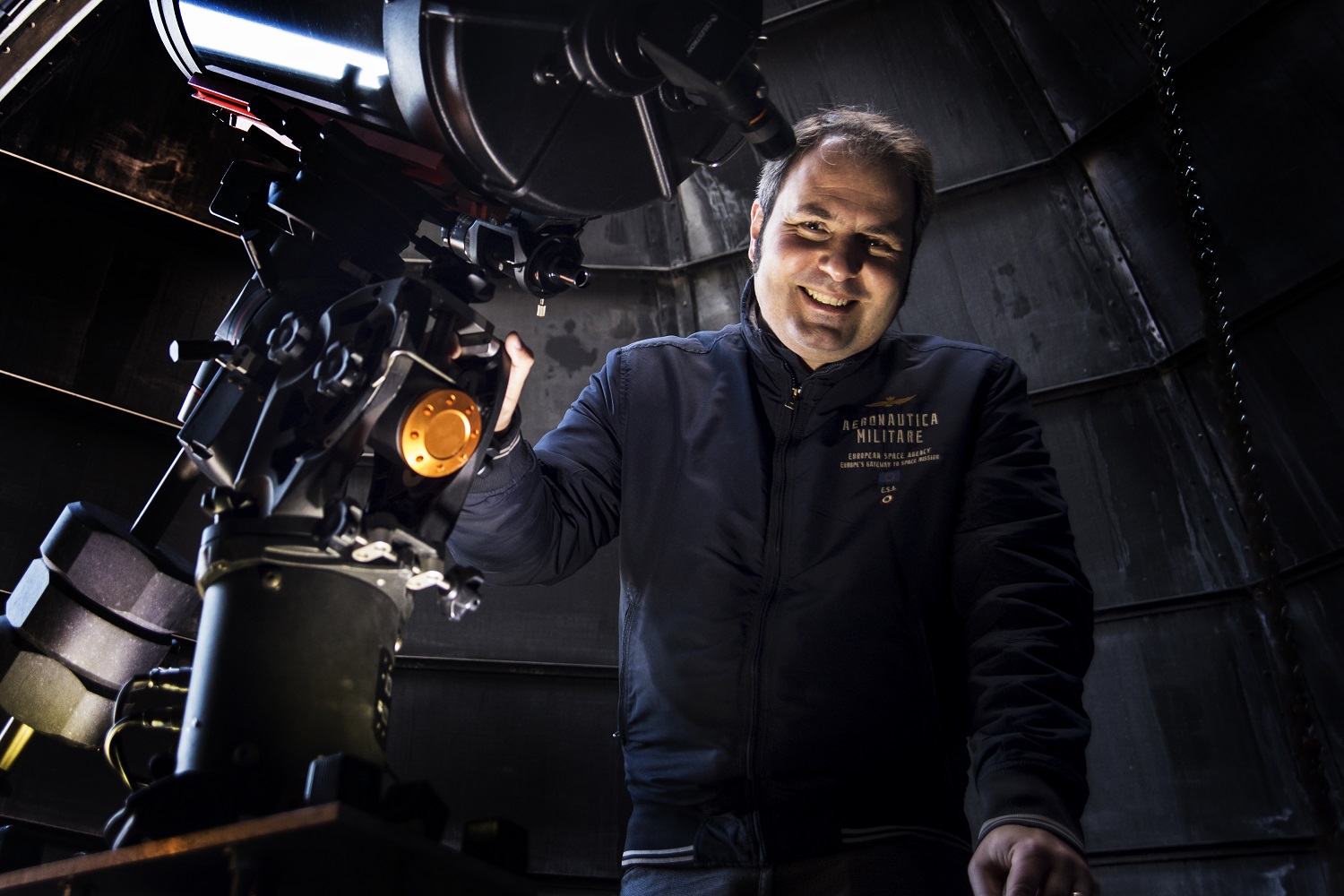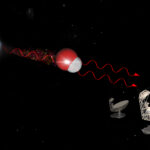Benne Holwerda, associate professor in the University of Louisville Department of Physics and Astronomy
Tuesday, July 1, 2025
Welcome! Log into your account
Recover your password



























